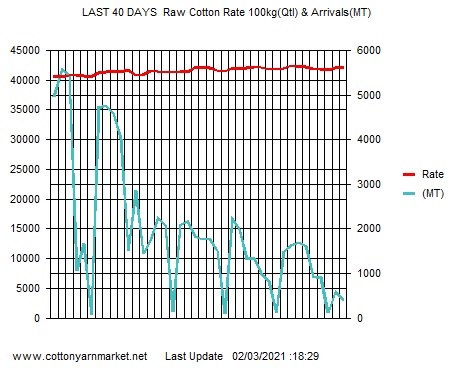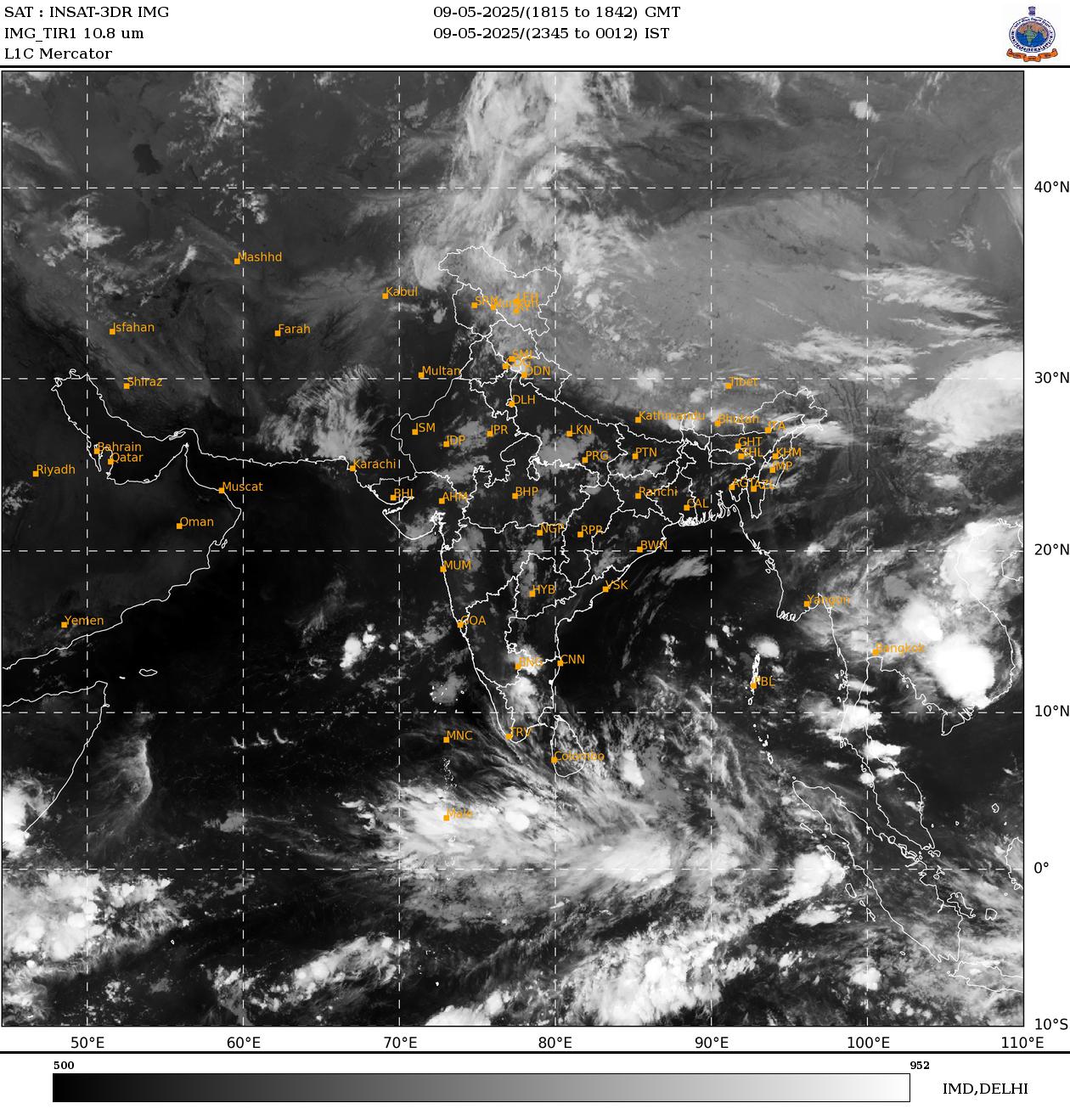Textile exhibition to boost India-Oman ties
 [img]http://www.timesofoman.com/uploads/images/2015/10/20/x231367.JPG.pagespeed.ic.ckrgTeelNX.jpg[/img] -
[img]http://www.timesofoman.com/uploads/images/2015/10/20/x231367.JPG.pagespeed.ic.ckrgTeelNX.jpg[/img] -
October 21, 2015 Muscat: A textile exhibition organised by the Indian Embassy at the Promenade Garden of Oman Avenues Mall, has received a huge response.
�There has been a great footfall to the textile exhibition and a lot of enquiries on the textiles that are on display and from where they can be sourced. We have got related trade enquiries too,� said an official from the Indian Embassy.
The exhibition is aimed at enhancing cultural ties between India and Oman, with the embassy exhibiting a traditional textile collection from different parts of India.
Entitled, �Vastram- The Splendid World of Indian Textiles�, the exhibition features 37 traditional Indian textiles and a large site-specific installation in three categories of painted printed, woven and non-woven, embroidered and embellished cotton.
�The collection investigates the global influences on new materials, from machine spun yarn to handloom cotton and synthetic dyes for vegetable and mineral dyes. The role of the Indian government after Independence was also to ensure that textiles are sustained through the use of new techniques, technology introduction, research on documentation and conserving traditions,� an embassy official said.
Jamdani sarees, Chanderi weave, Chamba rumals, Pulkahree, Sunjani Kantha and Ikat are some of the types of traditional textile on display at the exhibition.
The Indian subcontinent was the most important cotton manufacturing region in the world, with many references to Indian cotton fabrics being found in the tombs of the Pharaohs in Egypt.
Between the 12th and 18th centuries, cotton was cultivated in virtually every region of the Indian subcontinent. From Punjab in North India and Bengal in West India to Andhra Pradesh in South India, the cotton shrub is essential among peasant crop rotations and integral to the farmer�s strategy of survival.
Hamida Khatoon Naqvi has enumerated 35 different varieties of cotton cloth that were produced and consumed in this region in 1500 B.C., according to a statement by Shelly Jyoti, the curator of the exhibition.
Jyoti, the curator of the exhibition is a fashion designer and an independent curator, whose work references the cultural context of Indian history. Jyoti is a trained fashion designer with National Institute of Fashion Technology in New Delhi.
Most viewed
- India’s cotton yarn exports to surge by 85-90% in FY2024: ICRA
- Amid weak demand, cotton price surge adds to woes of yarn mills
- Bihar aims to become major player in textile sector through policy support
- State further subsidises power supply to textile industry till 2028
- Bank fraud case: Textile baron Neeraj Saluja sent to 5-day police remand
- BTMA signals minimum wage structure for cotton textile sector within next two weeks
- Centre willing to procure jute and cotton crop if prices fall below MSP : Goyal
- New Rule of Payment to MSMEs Causes Uncertainty in Textile Markets
- Bangladesh Textile Mills Association seeks intervention from Bangladesh Bank for unpaid bills
- ASEAN delegation to visit India on 17 Feb for FTA review
Short Message Board
Cotton Live Reports
Visiter's Status
Visiter No. 40976997Saying...........
Tweets by cotton_yarn



